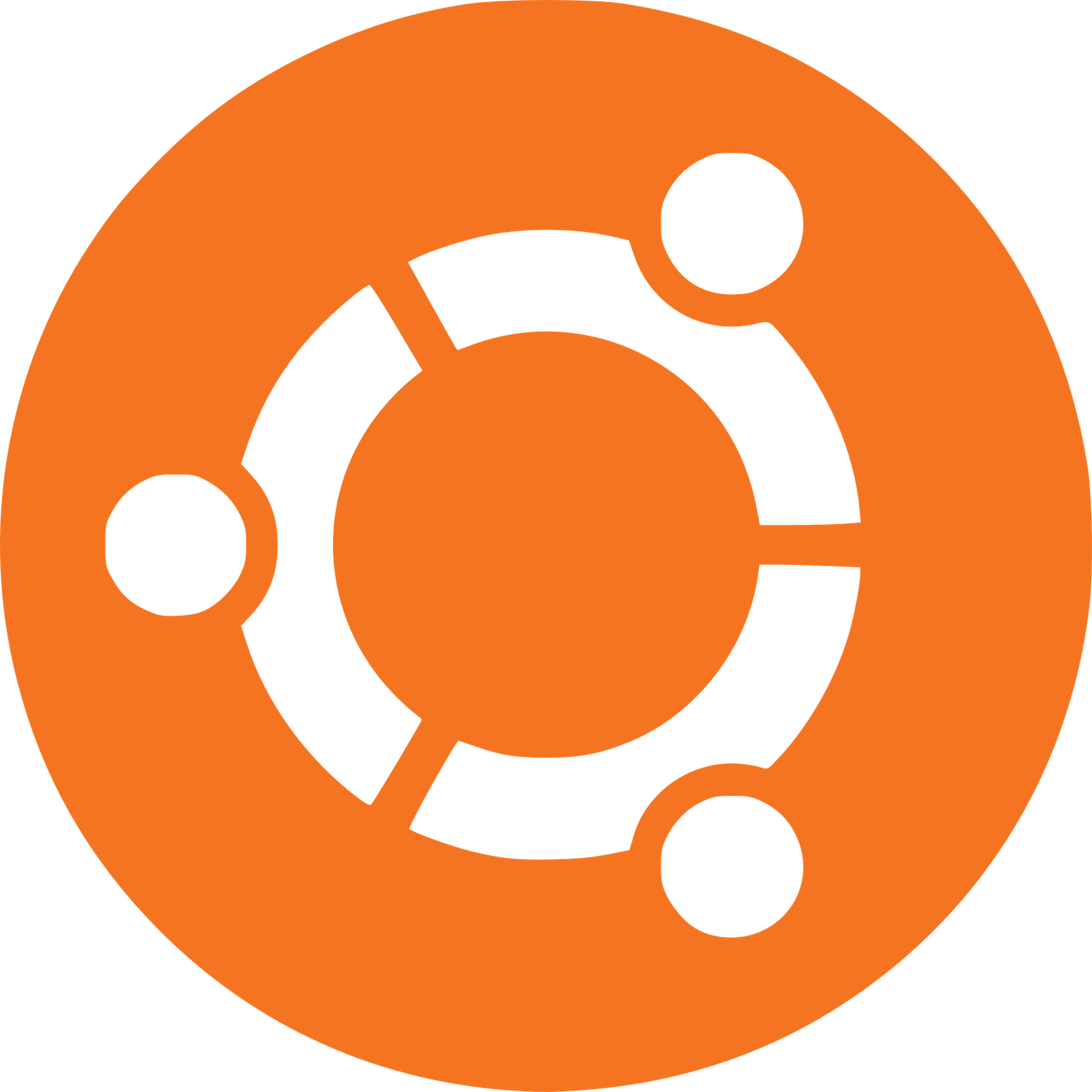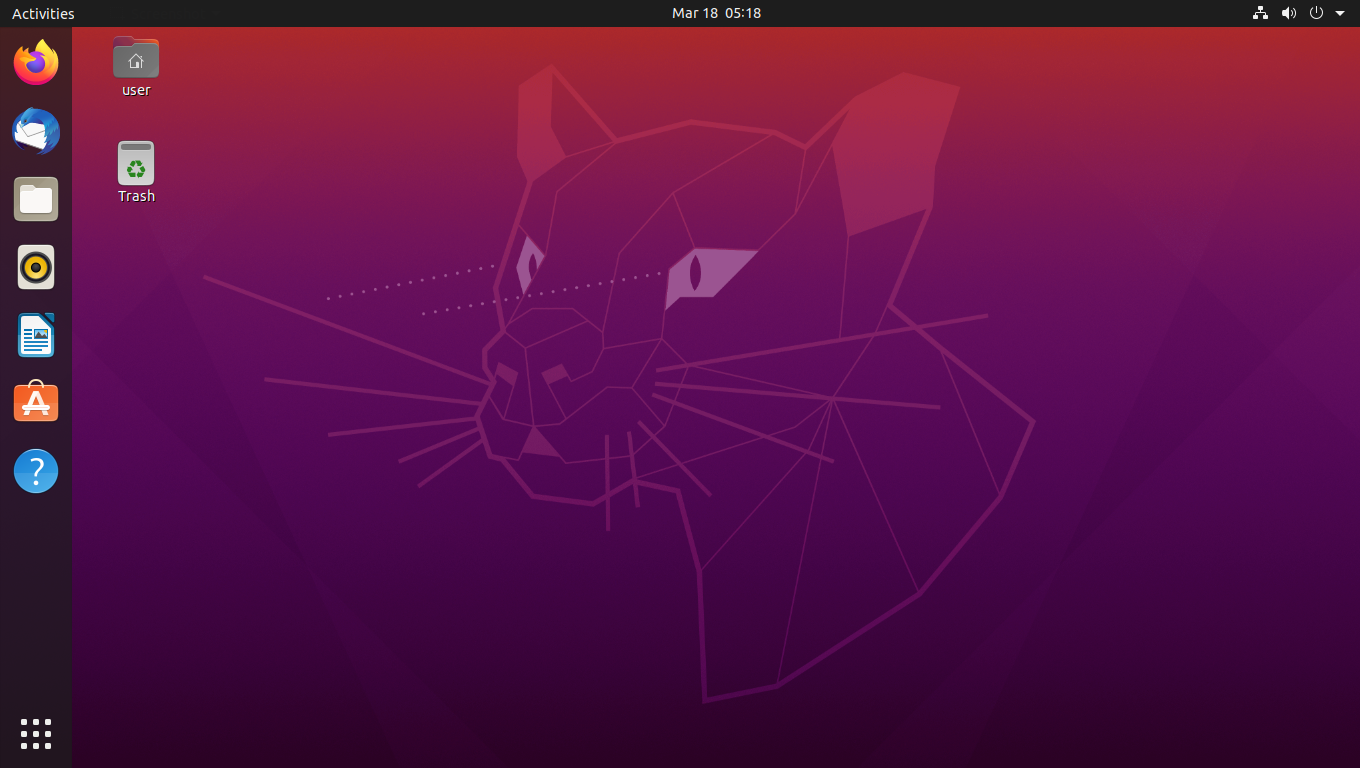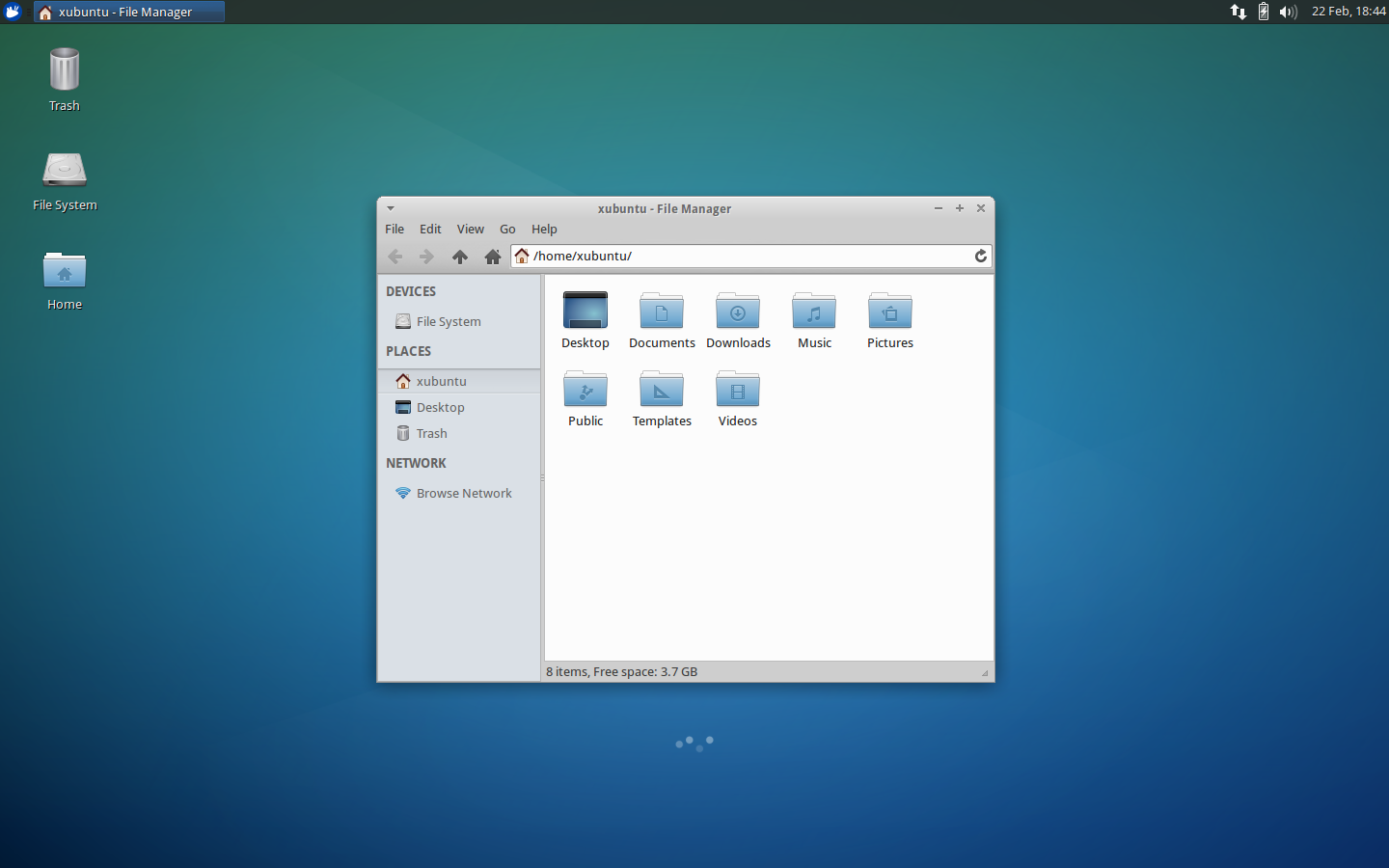hello friends! new(ish)!
Ubuntu


Ubuntu is a Debian-based GNU/Linux distribution pioneered by the evil genius and billionaire spaceman, Mark Shuttleworth, along with his company Canonical. It is aimed at being friendly to new Linux users, and is the most widely used Linux operating system in the world[1][2]. Canonical, the company behind Ubuntu, offers great technical assistance and help, in the form of forums, and commercial support. Ubuntu is an ancient African word meaning 'humanity to others'. It also means 'I am what I am because of who we all are', thus, the name Ubuntu, embodies the spirit of FOSS development. Unity, Ubuntu's former default interface, is also notable for its design philosophy, which has sparked mixed reactions amongst technology blogs and critics[3][4]. Ubuntu can be downloaded here. While the main release comes with the GNOME desktop environment, there exist a variety of officially supported variants (or "flavours") that ship with other desktop environments, some of which serve special use cases.
Ubuntu flavours

The officially recognized variants of Ubuntu are as follows:
- Xubuntu uses the Xfce desktop environment (and is probably the most popular *buntu on /g/)
- Kubuntu uses the KDE desktop environment
- Lubuntu uses the LXQT desktop environment
- Ubuntu Budgie uses the Budgie desktop environment
- Ubuntu MATE uses the MATE desktop environment
- Ubuntu Cinnamon uses the Cinnamon desktop environment
- Ubuntu Unity uses the Unity desktop environment
- Ubuntu Studio is designed for multimedia editing and creation
- Ubuntu Kylin is localised for China and comes with the UKUI desktop environment
- Edubuntu is customized for educational use
There are many other derivatives of Ubuntu, but only those listed above are supported by Canonical.
Regular and LTS releases
Every two years, Canonical releases a Long-Term Support (LTS) version of their OS. It is intended to be very stable, and is supported for five years. As a result, however, package versions are often outdated (this can be remedied through the use of PPAs though)[5].
Non-LTS, or regular releases, are released every six months. They include newer, nonetheless relatively stable, packages. This ensures that newer hardware will be supported and later versions of packages will be available. However, each version is only supported for 18 months[6].
Why use Ubuntu?

- Ease of use
- Sane defaults
- Fantastic community and wide commercial support
- Uses Debian's simple apt package management system
- Is compatible with Debian repositories
- Extends the usefulness of apt with PPAs
- Most software one needs is provided out of the box
- It is the brainchild of a super-wealthy astronaut and certified lunatic
Controversy
- Canonical, the company supporting Ubuntu, has been criticized for its lack of contribution to upstream in certain projects (particularly GNOME), and they often fork software, changing it to fit their system. It should be noted that in general, Ubuntu developers do have a good relationship with Debian, and put considerable effort into contributing back to upstream in that regard[7][8].
- Richard Stallman has also criticized Ubuntu because of Amazon's integration with the Unity search tool.
- Ubuntu 16.04 and up include the controversial, partially closed source "Snap" app packaging platform. Increasingly, Canonical has forced developers to distribute their apps as Snaps, such as Firefox and Thunderbird. For now, they can easily be disabled (see below) but gradually, uninstalling Snap will cause parts of your system to break.
Essential Tweaks
Like any other Linux distribution, the default desktop environment in Ubuntu can be replaced.Be warned that doing so is not a clean process, and many junk files are left over, so try not to do this too often.
To switch from GNOME to the Cinnamon Desktop Environment, one can do the following:
$ apt purge ubuntu-desktop && sudo apt install cinnamon-desktop-environment
If you would like to use containerised applications, consider using Flatpak instead of Snap. Installation can be performed with the following command.
$ apt purge --auto-remove snapd && sudo apt-mark hold snapd && sudo add-apt-repository ppa:flatpak/stable -y && sudo apt update && sudo apt install flatpak gnome-software-plugin-flatpak && flatpak remote-add --if-not-exists flathub https://flathub.org/repo/flathub.flatpakrepo